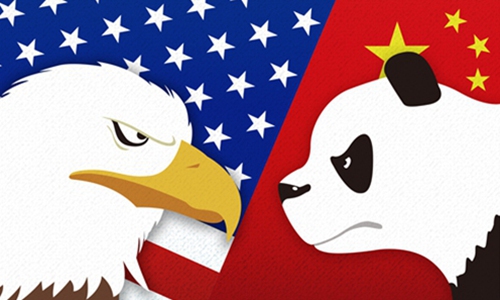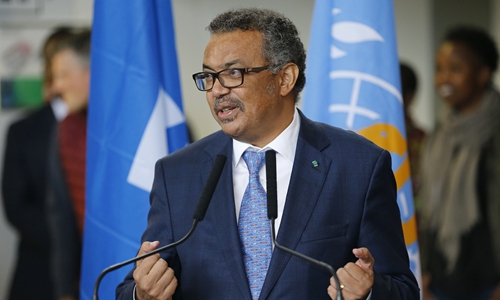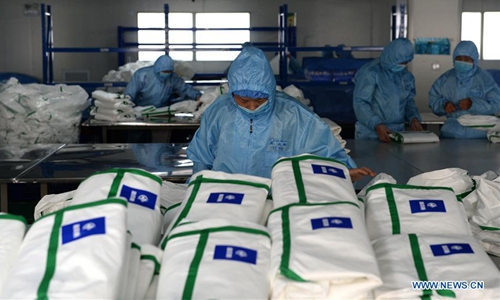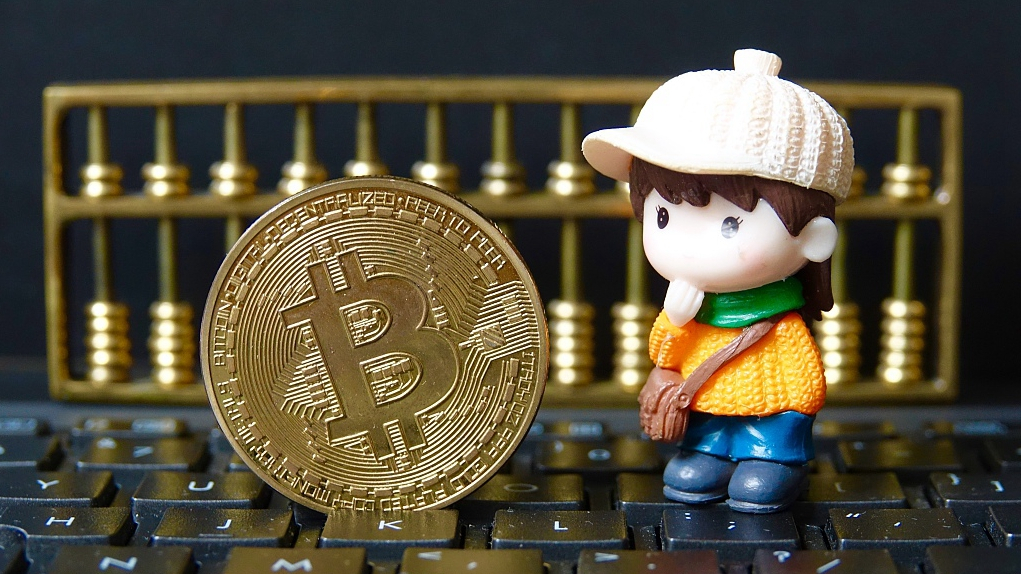| Cautious visitors: Tourists seen wearing face masks as they enter Malaysia through the Johor Baru Custom, Immigration and Quarantine Complex recently.
IT’S an unfortunate start to Visit Malaysia Year 2020 with the outbreak of the coronavirus putting a tumble to travelling, and it’s a tad more ominous that mainland China tourists have been our key market.
The Chinese government has already placed its faith in Malaysia by launching the Malaysia-China Year of Culture and Tourism 2020 to boost bilateral ties and friendship between the Asian nations.
However, the World Health Organisation’s declaration of a global health emergency has further dented the promotional efforts of Tourism Malaysia. To suggest minimal impact on Malaysia is a fallacy, to put it mildly.
Tourism revenue has always been regarded low hanging fruit, and with the improved performances of 2019, this year was supposed to kick off with more tourist arrivals.
Malaysia reported its half-year tourism results, until Aug 2019, declaring that tourist arrivals reached 13.35 million, up 4.9%, while tourist receipts improved 6.8% over the same period in 2018.
Tourism Malaysia’s data summary indicates the travel industry had contributed RM41.69bil in revenue to the country’s economy from January to June in 2019.
Apparently, the performance also saw growth in terms of per capita expenditure, rising by 1.9% to RM3,121.6, while the average length of stay climbed by 0.4 nights to 6.2 nights.
The top 10 source markets for arrivals were Singapore (5,381,566), Indonesia (1,857,864), China (1,558,782), Thailand (990,565), Brunei (627,112), India (354,486), South Korea (323,952), the Philippines (210,974), Vietnam (200,314) and Japan (196,561).
There are plenty of day trippers from Singapore and Indonesia, given our close proximity.
So, the numbers from China are significant. It’s glaring that East Asian and Asean arrivals continued to dominate the share of tourist arrivals to Malaysia with a 70% contribution.
The medium-haul market and long-haul market represented 20.8% and 9.2% share, respectively.
Tourism Malaysia reported that the top five countries with highest receipts were Singapore (RM11.56bil), China (RM7.09bil), Indonesia (RM5.71bil), Thailand (RM1.70bil) and Brunei (RM1.52bil).
The five countries with the highest average length of stay were those from Saudi Arabia (10.5 nights), France (8.7 nights), Germany (8.3 nights), Netherlands (8.1 nights) and Canada (7.7 nights).
In 2018, Malaysia registered 25.8 million tourist arrivals and RM84.1bil in tourist receipts. For 2019, tourist arrivals reached 28.1 million with tourist receipts of RM92.2bil.
While Malaysia, like most countries, has understandably become concerned with China’s continuing struggle with the virus, it’s crucial we maintain our renowned hospitality when interacting with Chinese tourists.
Chinese travellers have heeded caution by staying home, and for those travelling, the last thing they’d want is to feel unwelcome, or even discriminated.
News reports have already filtered in that Chinese tourists – and in some cases, even Singaporeans – have been asked to leave restaurants and tourist spots in some countries.
Our Prime Minister has made the right move by announcing that the decision to close mosques and tourist attractions to travellers, given the novel coronavirus outbreak, is not government policy.
Tun Dr Mahathir Mohamad went so far as to describe such moves as irresponsible, saying the government never declared that mosques or museums were closed to tourists because they could be infected by the coronavirus.
“This is not a government policy and it is an irresponsible act, ” he told a press conference after chairing the weekly Cabinet meeting last week.
Among the mosques that have closed temporarily to tourists are the Tuanku Mizan Zainal Abidin mosque and the Putra Mosque in Putrajaya, as well as the Federal Territory mosque in Kuala Lumpur. They have since been opened.
Dr Mahathir also warned the public against spreading fake news meant to stir ill feelings between races.
Closing mosques to non-Muslims also doesn’t make sense when there are many Chinese citizens who are Muslims. The fact is there are more Muslims in China than Malaysia. However, unlike people, this virus doesn’t discriminate and will make victims of any race or religion.
Thermal detectors
So, it will be more effective and sensible to install thermal detectors at these popular mosques, and place medical personnel there to monitor the situation.
Tourism, Arts and Culture Minister Datuk Mohamaddin Ketapi has rightly said that tourists, particularly Chinese nationals, should not be discriminated and said tourists coming into the country would have been screened at the entry points, including airports.
Recently, West Sumatra Governor Irwan Prayitno drew flak from netizens after amateur video recordings of him welcoming Chinese visitors in a well-attended parade at the Minangkabau International Airport in Padang went viral on Twitter, amid concerns over a domestic coronavirus outbreak.
A video uploaded on Sunday by Twitter user @dedetsaugia, in which Irwan could be seen addressing the tourists, has been viewed over 2.1 million times and retweeted over 6,000 times at the time of writing. As reported by kompas.com, Irwan welcomed the foreign visitors after they were declared healthy in a medical examination conducted with thermal scanners installed at the airport.
“The arrival of these tourists is expected to increase the number of foreign tourists visiting West Sumatra in the future, ” Irwan was quoted by Antara news agency.
“We cannot reject foreign arrivals when they have prepared all the required documentation. We have taken anticipatory measures by conducting a detailed check-up.”
The reaction of these netizens is in bad taste, and reeks of xenophobia. Credit to the West Sumatra authorities for showing much greater grace.
Asean and East Asian tourists will continue to dominate our tourist arrivals.
Like SARS, or severe acute respiratory syndrome, which hit Hong Kong and southern parts of China in 2003, the coronavirus appears to be a winter phenomenon. Over 700 people died then. China is now still in a cold season, although it’s already spring.
But this time, unlike 2003, it has happened during the Lunar New Year festival when millions travel home, across China, to be with their families. The CNY season is also a time for many Chinese to holiday abroad.
According to Wuhan officials, there are still over 4,000 Wuhan tourists overseas as of Jan 27, and certainly, this can’t be comforting for many.
China has adopted a more transparent approach this time, unlike in 2003, when it didn’t reveal the health threat until five months after the SARS outbreak.
This time around, it has done things differently by updating the world on developments with the epidemic.
Last week, the Chinese Embassy here even started a Whatsapp group – with a long list of media people – where everyone is kept informed, and the channel is used to share information, verify reports and keep the local media in the loop.
While China is fighting against time to battle the virus, it isn’t likely that this will drag on until the summer season.
Although this is very much a Wuhan problem, many travellers have postponed plans to fly and even going as far as avoiding crowds.
Malaysia is a country with a hot climate and open spaces, but that hasn’t stopped many of us from wearing masks as a precaution. Never mind that our streets and MRT aren’t congested unlike how it is in Japan, China or Hong Kong.
My relatives from Singapore called to say they were no longer coming to Kuala Lumpur for a CNY reunion! Talk about over-reaction!
For sure our tourist numbers will be hit, but Malaysia can’t afford to wait.
It must work on the right markets for us to meet the numbers and ensure the success of Visit Malaysia Year.
Mohamaddin has downplayed the fear that tourism numbers will decline, saying the loss in tourism revenue from the ban will be minimal, and added that the ministry will not revise its campaign target of getting 30 million visitors this year.
“The travel ban will only cause a small impact as it is only for those from Wuhan. But people from other countries such as Australia and England are still able to visit Malaysia. So, the target remains as it is, ” he said.
Of course, Malaysia will be affected. Australians, Britons and Americans may stay longer when they visit Malaysia, but their numbers are negligible, and they are certainly not the biggest spenders.
In fact, for 2017, the East Asia market showed a 6.3% growth, while other markets saw a decline, i.e., Asean markets dropped by -3.9%, Europe (-1.7%), Americas (-4.3%), Oceania (-5.4%) Central Asia (-6.4%), Africa (-7%), West Asia (-12.3%) and South Asia (-13.3%).
Asean, or the short-haul market, dominated with a 75.1% share of total tourist arrivals and brought a total of 19,478,575 tourists to Malaysia. The medium-haul market share was 19.1%, with 4,948,123 tourists, while the long-haul market share was 5.9%, with a total of 1,520,389 tourists.
For 2017, the top 10 tourist source markets for Malaysia were Singapore with 12,441,713 tourist arrivals, Indonesia (2,796,570), China (2,281,666), Thailand (1,836,522), Brunei (1,660,506), India (552,739), South Korea (484,528), Japan (392,777), the Philippines (370,559), and Britain (358,818).
For China, the market surpassed the target for this region with an increase of 7.45% to 2.28 million arrivals, while an increase of flight frequency by AIRASIA X made Kuala Lumpur and Kota Kinabalu choice destinations for Koreans.
Arrivals from Indonesia and China, which made up Malaysia’s second and third largest respectively, have been increasing. In 2018, the number of Chinese tourists visiting Malaysia climbed by 29% year-on-year, while the number of tourists from Indonesia increased by 17%.
This is a good time to re-design our strategies and engage with stakeholders – including tour operators, food and beverage outlet owners, hoteliers, mall operators and media – to see how we can support Visit Malaysia Year 2020.
We should also seek the support of famous Malaysians like Tan Sri Michelle Yeoh, Datuk Lee Chong Wei, Datuk Jimmy Choo, Henry Golding and others to be our Tourism Ambassadors since they have millions of fans worldwide.
We are all rooting for a resounding success.
The views expressed here are the writer’s own.
Source link |















































































